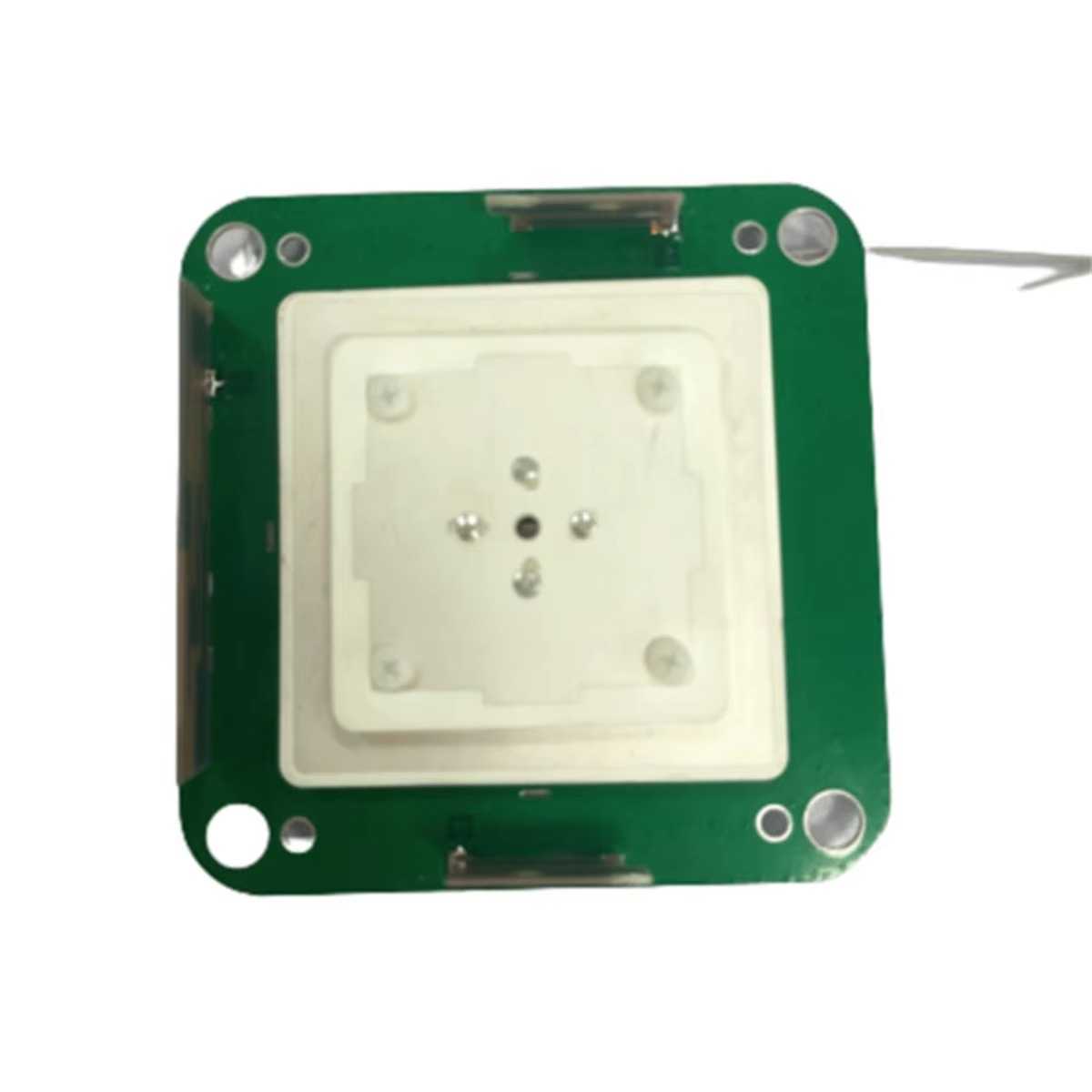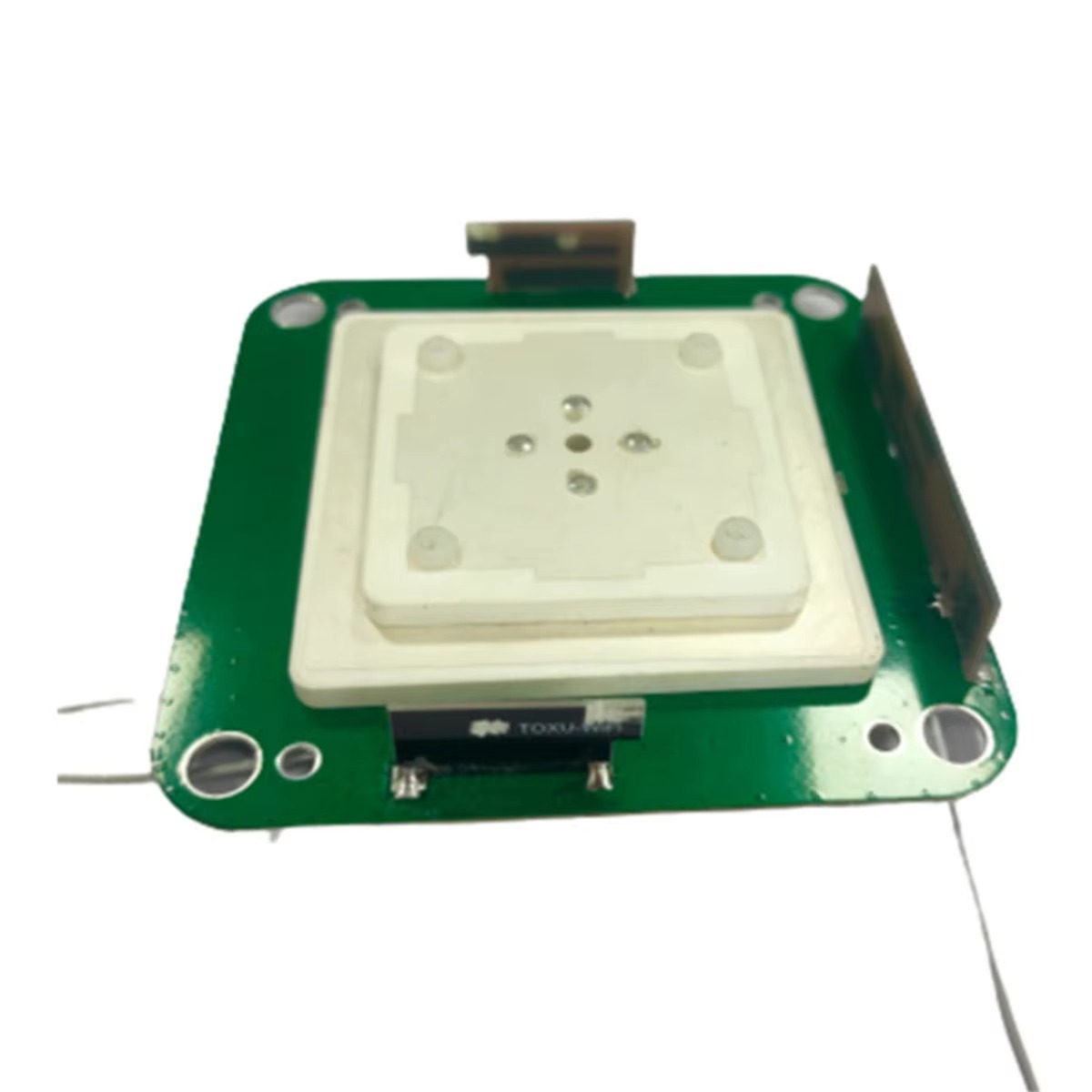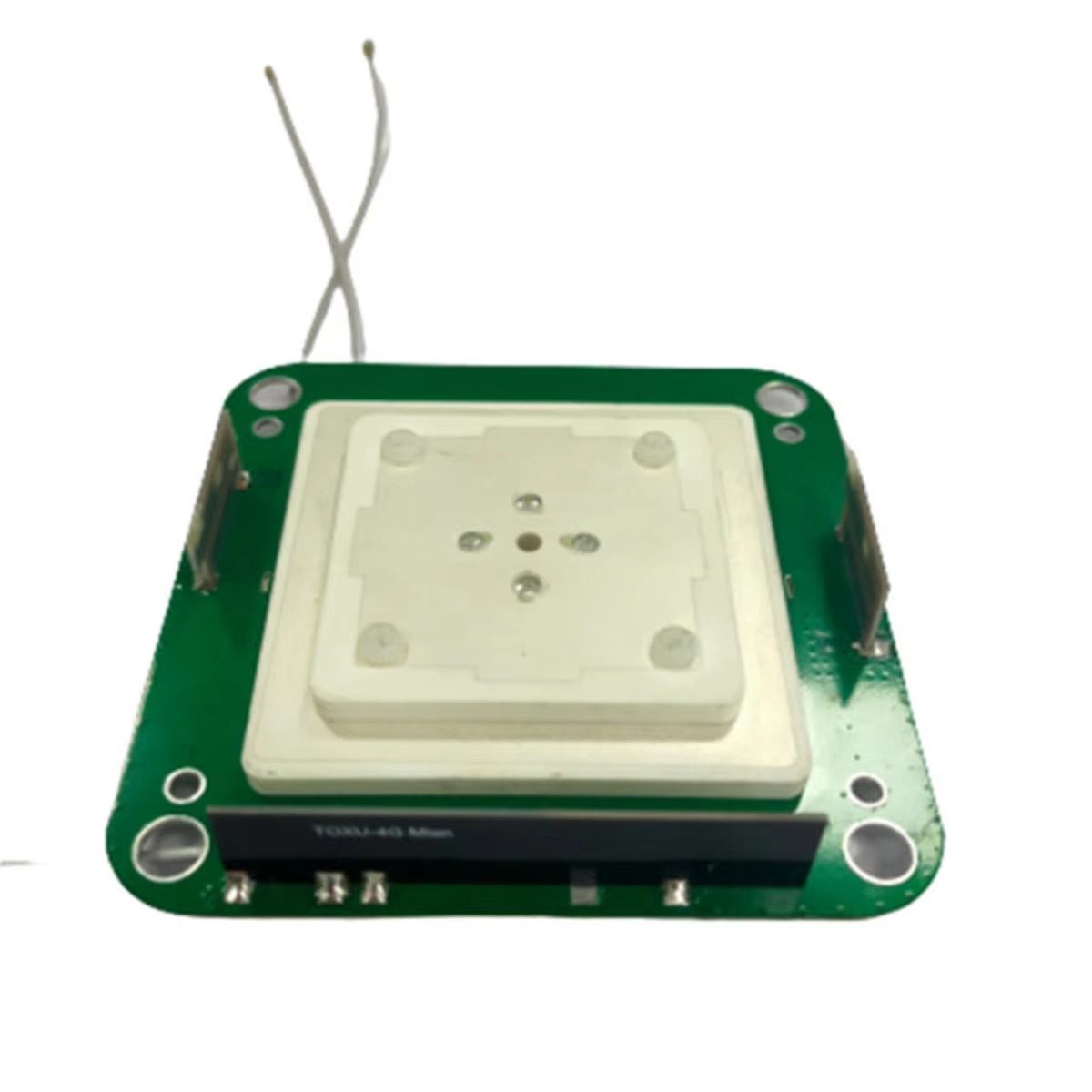The integration of multi-frequency agricultural GNSS antennas into modern farming systems has enabled a wide array of precision agriculture applications, transforming traditional practices into data-driven, highly efficient operations. As technology continues to evolve, new use cases are emerging, and future trends point toward even greater automation, connectivity, and intelligence in the agricultural sector.
Current Applications
Auto-Guidance and Steering Systems:
One of the most widespread applications of multi-frequency GNSS antennas is in automated steering systems for tractors, sprayers, and harvesters. These systems use real-time centimeter-level positioning to guide machinery along pre-defined paths with minimal human intervention. This not only reduces operator fatigue but also ensures consistent row spacing, minimizes overlap, and improves field efficiency. For example, during planting, auto-guidance ensures seeds are placed at exact intervals, reducing seed waste by up to 10–15%. In spraying operations, it prevents double application in already-treated areas, lowering chemical usage and environmental impact.
Variable Rate Technology (VRT):
VRT relies on precise geolocation to apply inputs—such as seeds, fertilizers, pesticides, and water—at variable rates across a field based on soil conditions, crop health, and yield history. Multi-frequency GNSS antennas provide the accurate positioning required to align VRT equipment with prescription maps generated from soil sampling or drone imagery. For instance, a fertilizer spreader equipped with a multi-frequency GNSS system can adjust nutrient application in real time as it moves across zones with varying nitrogen levels, optimizing plant growth while minimizing runoff and leaching.
Yield Monitoring and Mapping:
During harvest, combine harvesters equipped with multi-frequency GNSS antennas collect geotagged yield data, creating detailed yield maps that reveal spatial variability in crop productivity. These maps help farmers identify underperforming areas, diagnose issues (e.g., poor drainage, compaction, pest infestations), and make informed decisions for future seasons. The high accuracy of multi-frequency systems ensures that yield data is correctly aligned with field boundaries and management zones, improving the reliability of long-term analysis.
Controlled Traffic Farming (CTF):
CTF is a sustainable practice that confines all vehicle traffic to permanent lanes, minimizing soil compaction in crop-growing areas. Multi-frequency GNSS antennas enable precise navigation along these fixed tracks, ensuring that wheels follow the same path year after year. Studies have shown that CTF can improve root development, water infiltration, and crop yields by up to 15%, particularly in heavy soils. The consistency provided by high-precision GNSS is essential for maintaining lane integrity over time.
Section Control and Boom Shutoff:
In large-scale planting and spraying operations, section control systems use GNSS data to automatically turn off individual rows or boom sections when overlapping previously treated areas or approaching headlands. This prevents double application, reduces input costs, and avoids crop damage from chemical overlap. Multi-frequency antennas ensure that the system accurately detects field boundaries and previous passes, even in complex field shapes.
Drone and Robotics Navigation:
Agricultural drones and autonomous robots increasingly rely on multi-frequency GNSS for precise navigation during tasks such as aerial imaging, crop scouting, and targeted spraying. High-accuracy positioning allows drones to fly consistent grid patterns for uniform image coverage and enables robotic weeders to navigate between crop rows without damaging plants. The improved signal reliability in obstructed environments enhances mission success rates.
Field Data Collection and Farm Management Software Integration:
Multi-frequency GNSS antennas serve as the backbone for collecting spatial data used in farm management information systems (FMIS). This includes soil sampling points, irrigation scheduling, pest monitoring, and planting records. The data is synchronized with cloud-based platforms, enabling farmers to visualize field operations, analyze trends, and generate reports for compliance or planning purposes.
Future Trends
Fully Autonomous Farming Machinery:
The next frontier in agriculture is autonomous or driverless tractors and harvesters that operate without human operators. These machines will depend entirely on multi-frequency GNSS antennas—combined with LiDAR, radar, cameras, and AI—for safe and accurate navigation. Future systems will require even higher levels of redundancy and integrity, potentially using triple-frequency signals and advanced fault detection algorithms to ensure fail-safe operation.
PPP-RTK and Global Correction Services:
While current RTK systems rely on local base stations or regional networks, PPP-RTK (Precise Point Positioning with Real-Time Kinematic corrections) is emerging as a global solution that delivers centimeter-level accuracy without the need for nearby reference stations. Multi-frequency antennas are essential for PPP-RTK, as they enable rapid convergence and ionospheric correction using satellite-based augmentation. This will expand high-precision farming to remote and underserved regions.
Integration with IoT and Smart Sensors:
Future farms will be densely networked ecosystems where GNSS antennas work in concert with Internet of Things (IoT) sensors embedded in soil, crops, and machinery. Real-time data from moisture sensors, weather stations, and plant health monitors will be fused with GNSS-derived location data to enable dynamic, adaptive farming strategies. For example, an irrigation system could adjust water flow based on both soil moisture readings and the precise location of dry zones.
AI-Powered Decision Support Systems:
Artificial intelligence and machine learning models will increasingly use GNSS-tagged historical and real-time data to predict crop yields, optimize planting schedules, and recommend interventions. Multi-frequency GNSS ensures the spatial accuracy of training data, improving the reliability of AI predictions. These systems will move from reactive to predictive and prescriptive analytics, guiding farmers before problems arise.
Blockchain for Traceability and Sustainability Certification:
As consumers demand greater transparency in food production, GNSS data will be used to create immutable records of farming practices. Blockchain platforms can store GNSS-tracked data on planting, harvesting, and chemical use, enabling verifiable claims of sustainability, organic certification, and carbon footprint reduction.
Miniaturization and Cost Reduction:
Advances in antenna design and semiconductor technology will lead to smaller, more affordable multi-frequency GNSS modules, making them accessible to smallholder farmers and low-cost robotic platforms. Chip-scale atomic clocks and integrated filtering circuits may further enhance performance while reducing power consumption.
Resilience Against Cyber Threats:
As GNSS becomes critical infrastructure, protecting it from jamming and spoofing will be paramount. Future systems will incorporate multi-sensor fusion (e.g., inertial navigation, vision-based odometry) and cryptographic authentication of satellite signals (e.g., Galileo’s Open Service Navigation Message Authentication) to ensure positioning integrity.
In summary, the applications of multi-frequency agricultural GNSS antennas are expanding rapidly, driven by the demands for efficiency, sustainability, and automation. Looking ahead, these antennas will not only support navigation but also serve as foundational elements of intelligent, connected, and autonomous farming ecosystems, shaping the future of global food production.
Conclusion
The multi-frequency agricultural GNSS antenna has emerged as a cornerstone technology in the evolution of modern precision farming. By enabling access to multiple satellite constellations—GPS, GLONASS, Galileo, and BeiDou—and leveraging signals across multiple frequency bands (L1, L2, L5), these advanced antennas deliver the high-precision, reliable, and resilient positioning required to meet the growing demands of efficient, sustainable, and automated agriculture.
The core strength of multi-frequency GNSS antennas lies in their ability to overcome the limitations of traditional single-frequency systems. Through dual- and triple-frequency signal processing, they effectively mitigate ionospheric delays, reduce convergence time for RTK solutions, and enhance multipath resistance—critical factors in achieving consistent centimeter-level accuracy across diverse field conditions. This level of precision underpins a wide range of transformative applications, from auto-guidance and variable rate technology to yield mapping and controlled traffic farming, all of which contribute to reduced input costs, minimized environmental impact, and improved crop productivity.
Despite their higher initial cost and technical complexity, the long-term benefits of multi-frequency GNSS systems—such as increased operational efficiency, reduced chemical and seed waste, and support for data-driven decision-making—make them a sound investment for forward-thinking farms. Moreover, as global food demand rises and labor shortages intensify, the role of automation in agriculture will only grow, making high-integrity positioning systems increasingly indispensable.
Looking ahead, the integration of multi-frequency GNSS with emerging technologies—such as autonomous machinery, AI-driven analytics, PPP-RTK correction services, and IoT-based farm monitoring—will further expand its impact. These antennas will not only guide tractors but also serve as critical nodes in intelligent, interconnected agricultural ecosystems capable of real-time adaptation and optimization.
In conclusion, the multi-frequency agricultural GNSS antenna is more than just a navigation tool; it is a foundational enabler of the smart farm of the future. As technology continues to advance and become more accessible, its adoption will play a pivotal role in shaping a more productive, sustainable, and resilient global food system.




































































 Language
Language
 En
En Cn
Cn Korean
Korean

 Home >
Home > 







 18665803017 (Macro)
18665803017 (Macro)













